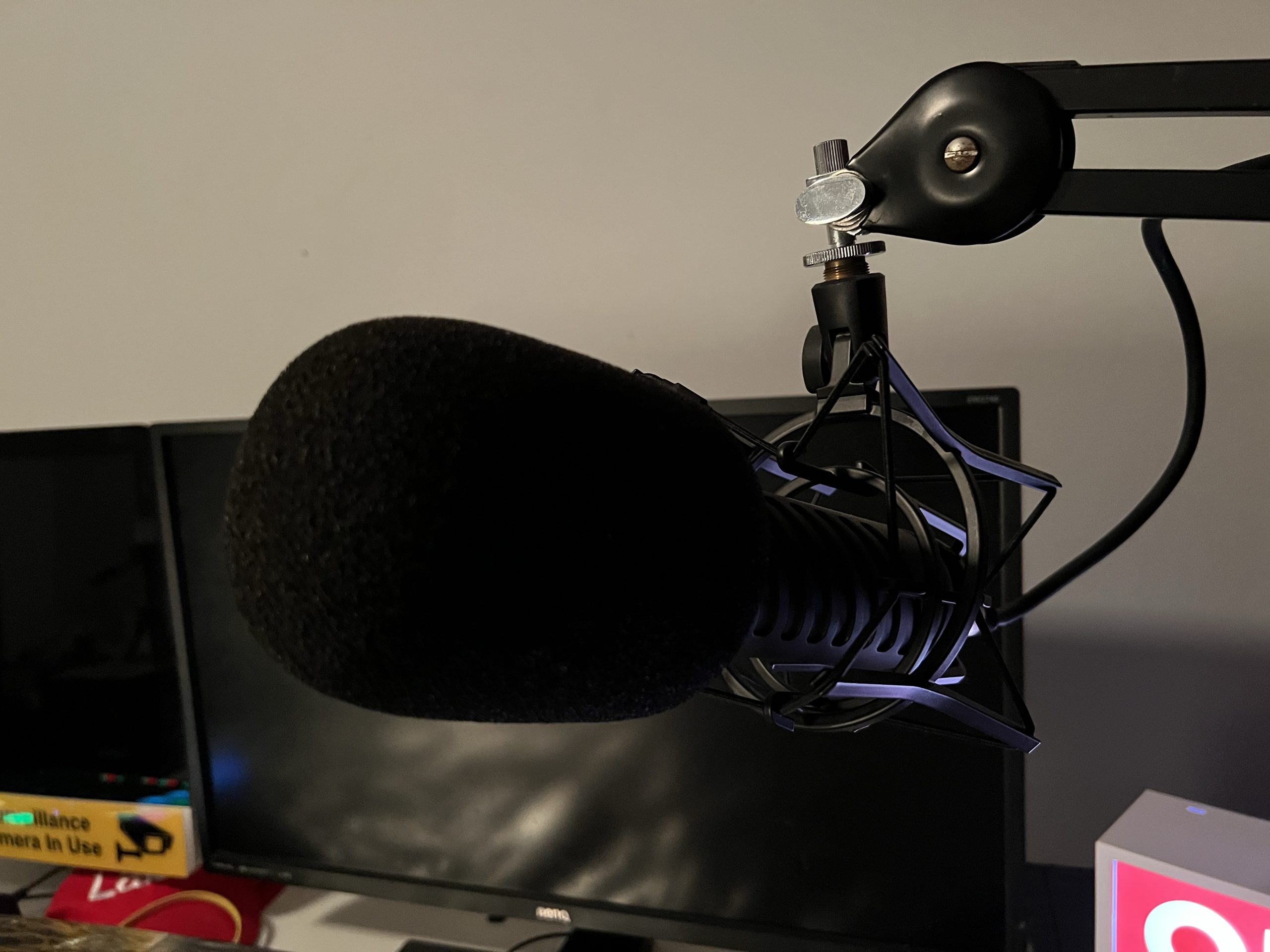Let’s face it, attention spans are getting shorter, and the need to hook your viewer quickly is becoming an art form. Quality sound is a key attribute for good video production, and with so much noise in the online world don’t let audio be the reason your video doesn’t cut through.
Take a moment to think back to the last time you were searching for a video on YouTube, you started watching, but discovered it had bad sound! – Did you stay? – I can almost guarantee you went back to the search page and found another video.
Recording great audio is easier than you think when working with some of the following in mind:
Find The Right Space (Easy)
Unwanted noise in your video is a quick way to lower the production quality, but it’s easy to overcome.
The key is to find a quiet space free from unwanted ‘noise,’ when filming and keep the following in mind:
- Avoid spaces with ‘reverb’ or ‘echo,’ as they sound terrible on film, or if you can’t avoid them, try to treat the room. Dampen the floors and walls, you can use linen, blankets, or any other soft material to help achieve this.
- Watch out for noise generated by equipment or appliances. From the office fridge to the fan from the overhead projector in the boardroom, all these devices generate unwanted sound.
- Pro Tip: If you are working in a space with a noisy fridge, you can turn it off for a short time during filming, but remember to turn the fridge back on before leaving. Place your keys on the top or inside of the fridge as not to forget.
- Avoid any copyrighted sound as part of your recording. This includes music, radio, and television. If you can hear it, your audience and copyright protection tools such as YouTubes ‘Content ID’ can too. Not only do you run the risk of legal action, but risk your video being taken down, demonetised, or risk account deletion from video platforms for repeat copyright violation.
- If outdoors, be conscious of the noise generated by the wind against your microphone. Not only does it sound terrible and distract your viewer, but it also prevents your message from being shared. Stand out of the wind, or use a microphone with a windshield.
Ditch The Built-In Microphone (Intermediate)
Most cameras come with a built-in microphone, they get the job done, but aren’t the best solution. They generally pick up a lot of unwanted noise and sound tinny.
Having said that, they do have an important purpose for us in film production. I/we use onboard audio for ‘reference audio’ when syncing up the sound from audio-recorded externally in our NLE (Non-Linear Editor I.e. Video Editor.)
If you’re looking for an external microphone for your DSLR, you could purchase a ‘shotgun microphone’ which is great for picking up directional sound in front of your camera. – This is a great choice when you need to be mobile, film subjects directly in front of the camera.
If your subject is a great distance, consider a ‘wireless mic’ or a ‘lapel,’ microphone. These are the ones that you see on talk shows or worn by news presenters on television.
Remove Room Tone (Advanced)
Every space has a sound to it, as you read this article take a moment to stop and listen to the environment around you. Perhaps you are sitting in the office, you might be able to hear the sound of collogues in the distance, maybe it’s the air conditioning making a low rumble.
Whatever the noise, the space around you has its own unique sound.
When recording your next video, take a second to capture ‘room tone,’ allow thirty seconds of quiet, this means no talking, or making any noise, just allow your camera or audio recorder to capture the sound of the space.
Then later in post-production, you can use your audio tools built into your editing suite to identify and remove the sound using ‘noise reduction,’ tools built into your software.
The Adobe suites ‘Audition,’ has a great set of noise reduction tools.




